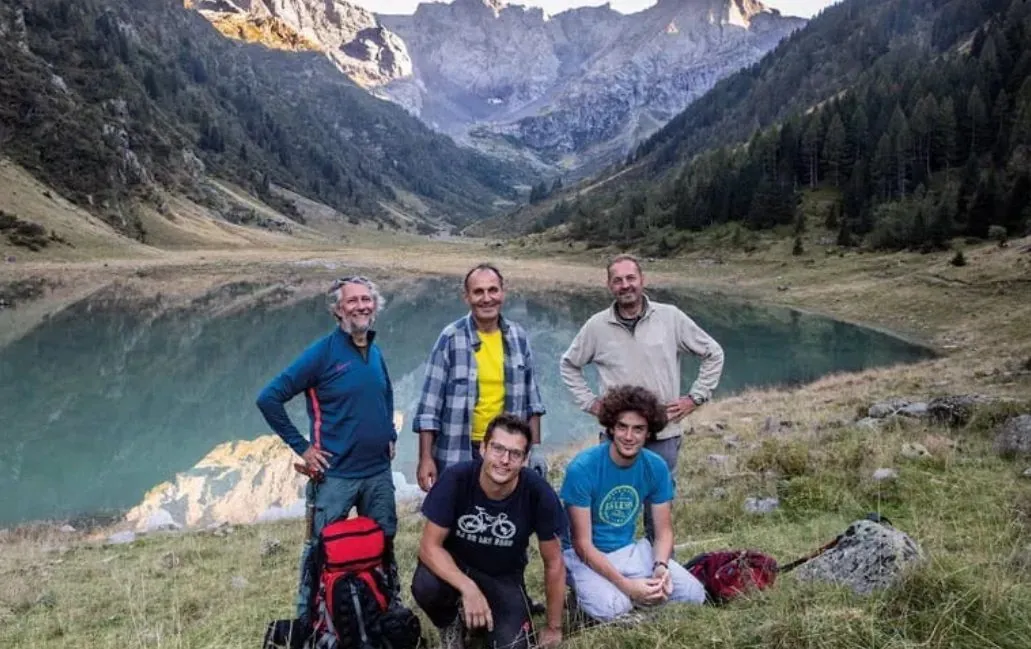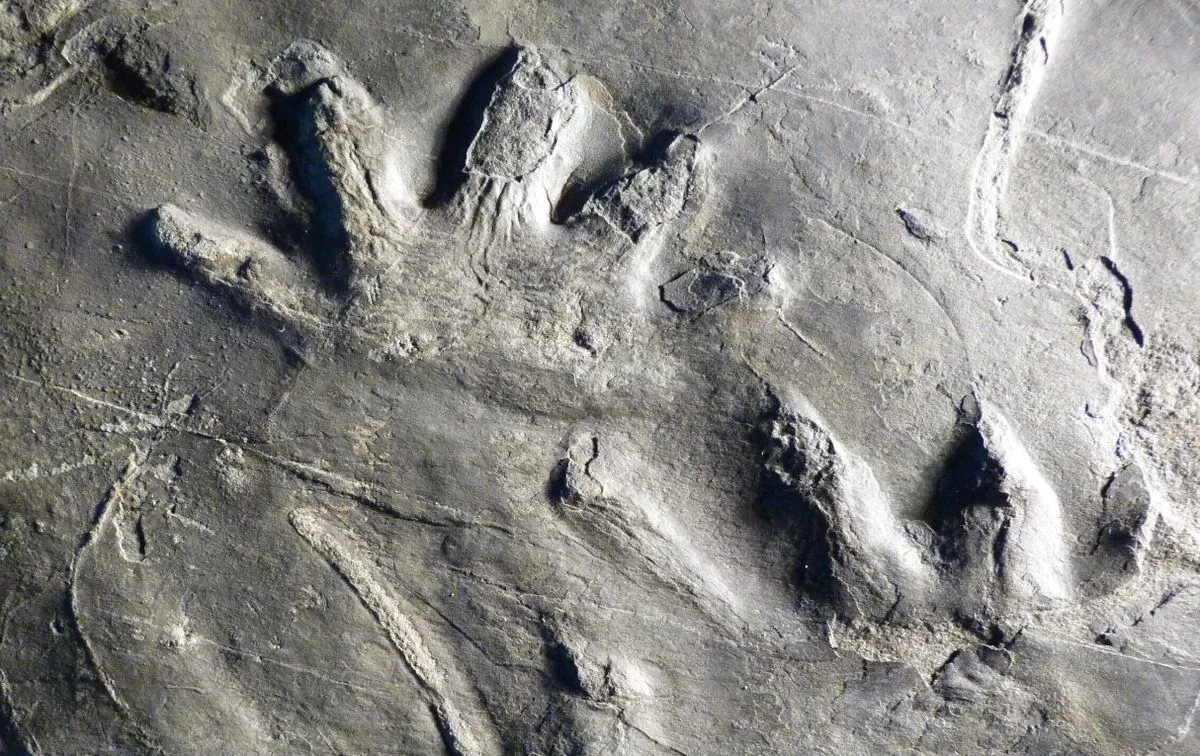“Unique 280-million-year-old fossils were found in Italy. A fossilized ecosystem with prints of amphibians, reptiles, and plants was discovered in the Orobje Valtellinese Park. The find contains traces of five different species of animals that lived in the Permian period.”, — write on: unn.ua
Writes UNN with reference to the publication Repubblica.
Traces of amphibians and reptiles, as well as plants, seeds, skin impressions and even raindrops – all this creates an ancient ecosystem – the corresponding fossil site was accidentally discovered in the Orobje Valtellinese Park in the province of Sondrio by the tourist Claudia Steffensen from Lovero. The find was later documented by naturalist photographer Elio Della Ferrera. It was studied by paleontologists and geologists from the museums of Milan and Berlin.
According to scientists, the find preserves traces of life 280 million years ago.
As indicated, further research took place from a height of 3,000 meters in an impressive helicopter-assisted operation. The resulting artifacts were displayed for the first time at the Museum of Natural History in Milan.
Experts recognized traces of tetrapods (reptiles and amphibians) and invertebrates (insects, arthropods). We are talking about “tracks” that took place in the Permian, the last period of the Paleozoic era.
A new species of dinosaur that lived on the Iberian Peninsula in the Cretaceous period has been discovered October 2 2024, 13:56 • 106781 views
In particular, there are fossilized traces of at least five different species of animals on the site, which will make it possible to carry out accurate paleoecological reconstructions later.
The traces were left when these sandstones and shales were still water-soaked sand and mud on the banks of rivers and lakes, which periodically, depending on the season, dried up. .. The summer sun, drying these surfaces, hardened them to such an extent that the return of new water did not erase the traces, but, on the contrary, covered them with new clay, forming a protective layer

“The shape and size of the traces indicate a remarkable quality of preservation and palaeobiodiversity, probably even greater than in other deposits of the same geological age in the Orobitsky and Bresin regions, adds Lorenzo Marchetti of the Museum of Natural History in Berlin.
We will remind
Archaeologists have found ancient settlements in England that date back 6,000 years
Scientists have seen one of the largest carbon-based molecules outside the solar system for the first timeOctober 30 2024, 15:05 • 17936 views
